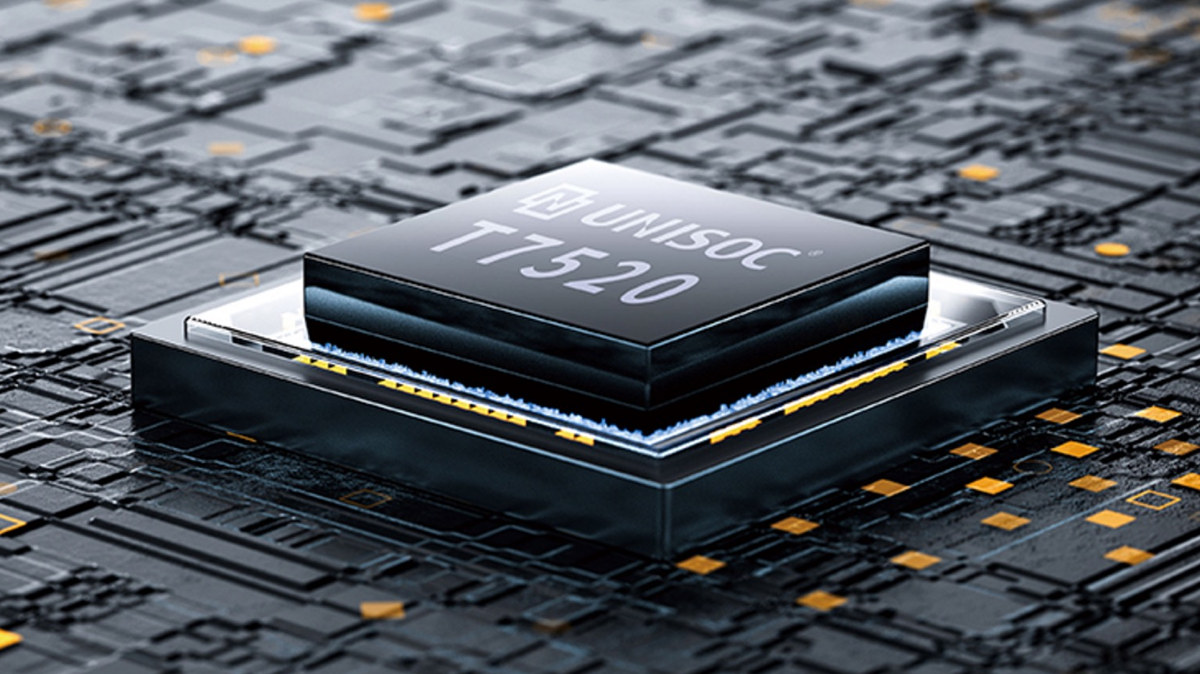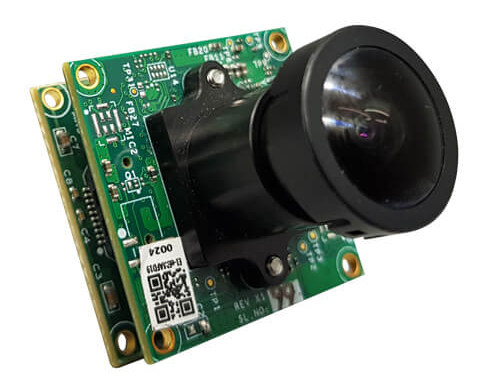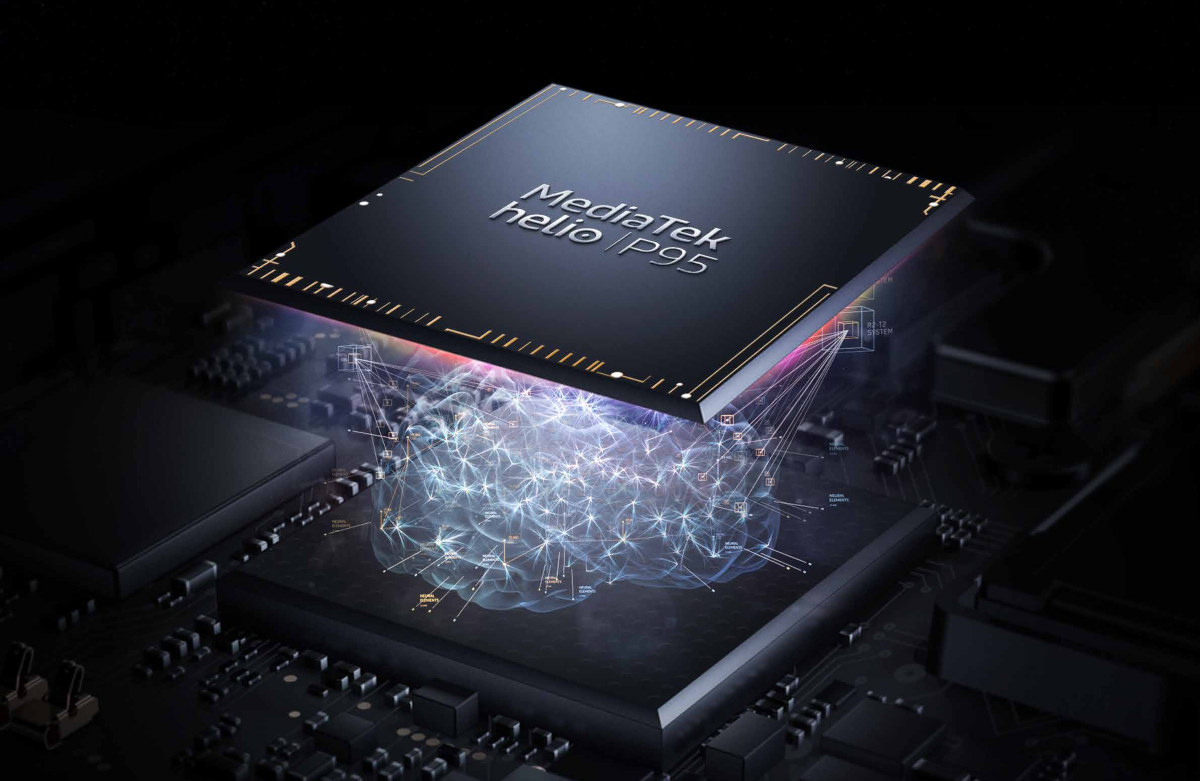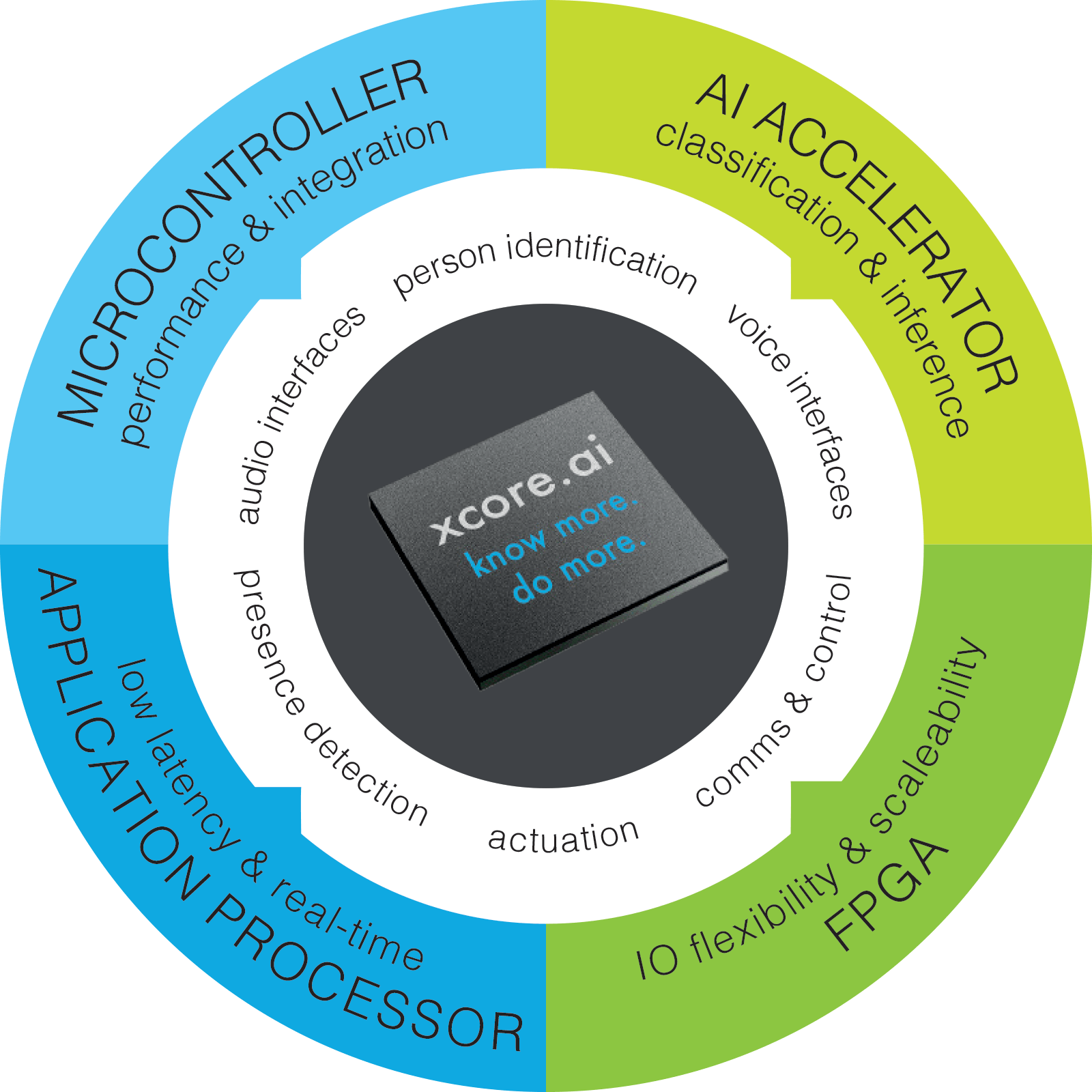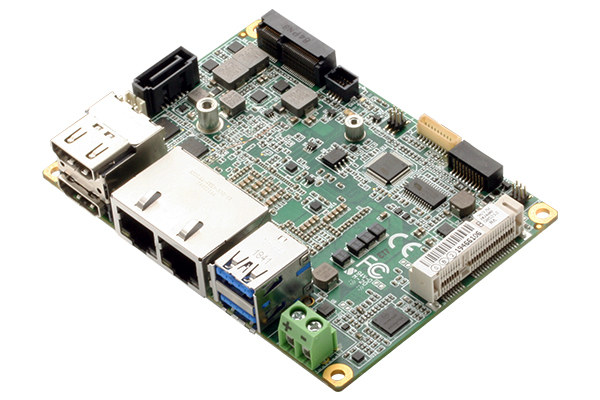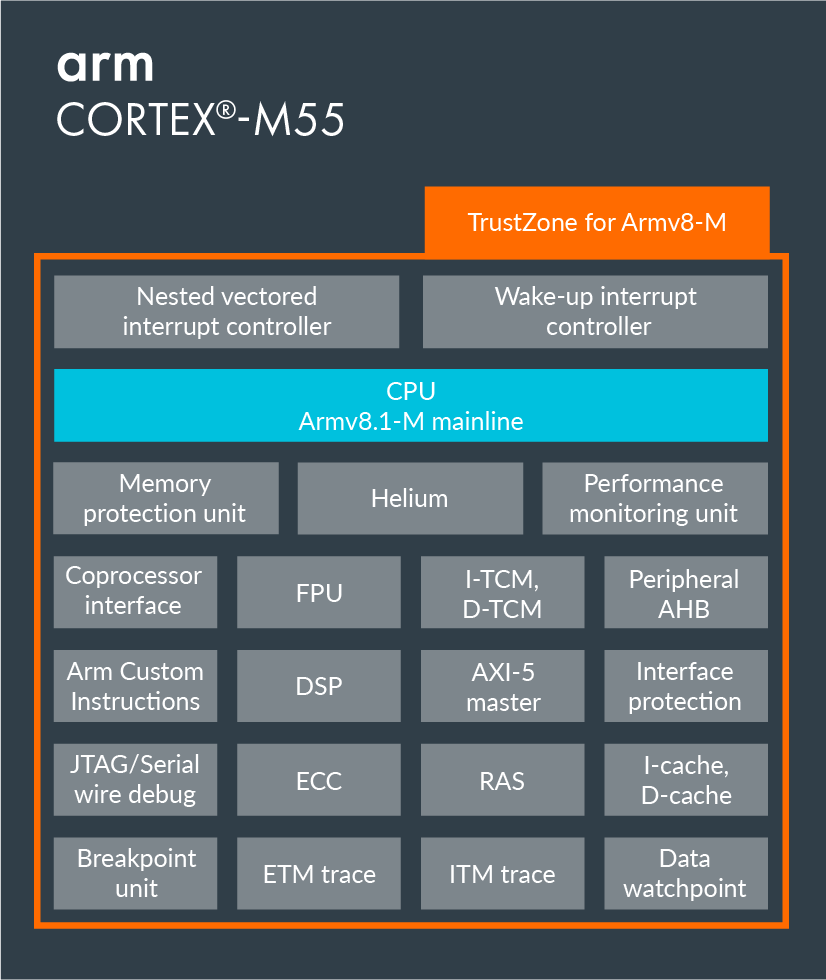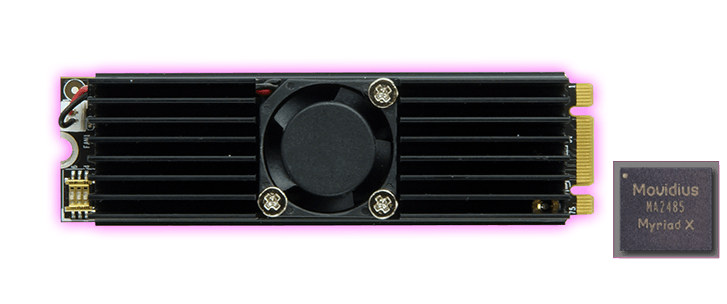UNISOC has launched its second-generation 5G mobile SoC with T7520 processor manufactured with a 6nm EUV process technology and equipped with four Arm Cortex-A76 cores, four Arm Cortex-A55 cores, as well as an Arm Mali-G57 GPU, and the company’s Makalu 5G platform. T7520 processor is said to support “coverage enhancement for any application scenario, by allowing carriers to deploy 5G on their existing 4G spectrums” (aka NSA = Non-stand Alone). and is optimized for use on 500 km/h high-speed railway. Highlights of the processor include: Advanced 6nm EUV process technology with extremely high lithographic resolution and a better balance between cost, performance and power consumption. Compared to the previous 7nm process, the new process has an 18% improvement in density of transistors and reduces power consumption by 8%. Lower power consumption made possible by the improved process mentioned above as well as an improved low-power consumption architecture and AI-based power […]
e-Con Systems Launches MIPI CSI-2 Cameras for Google Coral Dev Board
Google Coral Development Board Camera Series e-Con Systems has announced a camera series that can be used with the Google Coral Development board. There are two models: e-CAM50 CUCRL is a 5.0 MP MIPI CSI-2 camera and e-CAM30 CUCRL is a 3.4 MP MIPI CSI-2 camera. Both Have Features In Common Both support a variety of resolutions and were developed for AI devices. The cameras are color and fixed focus and can be connected directly to the Coral Development Board through P1 and J15 camera connector. Background on Google Coral Development Board The Google Coral Development board was reported on extensively since its release in 2019. Two articles for the Coral Development Board and its most recent addons are the Google Coral Development Board announcement and the Coral Development Board’s latest mPCIe and M.2 cards. Jetson Nano and Rock960 SBC’s Cameras e-Con Systems previously made cameras for other SBC’s including […]
MediaTek Helio P95 Processor Launched with APU 2.0 AI Accelerator, Faster Graphics
MediaTek has just unveiled an upgrade to its Helio P90 processor. MediaTek Helio P95 still features the same APU 2.0 engine for AI accelerator but with a 10% performance improvement based on ETH Zurich benchmark, and the PowerVR GM 9446 GPU clock has been increased as well to deliver a 10% graphics performance boost. The company also claims a “60% shorter GPU rendering-to-display pipeline”, but it’s unclear whether the comparison is against the P90 processor or other “typical” Arm processors. MediaTek Helio P95 key features and specifications: CPU – 2x Arm Cortex-A75 processors @ 2.2GHz and 6x Arm Cortex-A55 processors @ 2.0GHz using DynamIQ technology GPU – Imagination PowerVR GM 9446 GPU NPU – MediaTek APU 2.0 fusion AI architecture with 1127 GMACs MediaTek CorePilot for sustainable peak performance, longer battery life, and lower operating temperature System Memory – Up to 8GB of dual-channel LPDDR4x memory @ 1866 MHz Storage […]
XMOS launches Xcore.AI, a scalable AI processor for the Edge
XMOS, known for its high-performance voice interfaces, is joining the AIoT bandwagon with the announcement of the Xcore.ai, a flexible and economical processor delivering high-performance AI, DSP, control, and I/O’s in a single device. IoT and AI have been one of the most trending topics and fields in the last decade. Both areas have seen large innovations in between them. Deep neural networks have become better, IoT deployment cost has also been greatly reduced, and most importantly, they both have a significant impact on multiple industries. An interesting trend recently is the emergence of applications merging AI and IoT together to form so-called AIoT applications. IoT will be the digital nervous system, while AI will become the brain that makes all the critical decisions which will control the whole system. AIoT has led to the development and deployment of what we call AI processors or AI modules that can be […]
Google Releases Android 11 Developer Preview – What’s New?
I’ve only just upgraded my Xiaomi Mi A2 phone to Android 10 earlier this week, but Google is already preparing for the next version of the mobile operating system, and the company has already released the first developer preview for Android 11 OS. Enhancements for foldables and 5G, call-screening APIs, new media & camera capabilities, and machine learning are some of the improvements brought to Android 11 so far. Some of Android 11 highlights include: Updates of existing connectivity APIs to take advantage of improved 5G speeds. Dynamic meteredness API to check whether the connection is unmetered in order to offer higher resolution or quality for users who don’t need to pay extra for data Bandwidth estimator API to check the downstream/upstream bandwidth without having to poll the network. Pinhole and waterfall screen support – Pinhole screens are the ones with a round opening for the camera, and waterfall […]
AAEON PICO-WHU4 Whiskey Lake Pico-ITX Board is Designed for AI and Edge Computing
AAEON has just launched a Whiskey Lake Pico-ITX SBC made for AI and edge computing with PICO-WH4 featuring a 15W Intel Core i3/i5/i7 or Celeron processor combined with up to 16GB DDR4 memory, The board offers dual Gigabit Ethernet connectivity, dual display support with HDMI connectors, USB 3.2 ports, SATA storage, as well as mPCIe and M.2 expansion slots. AAEON PICO-WHU4 specifications: SoC (one or the other; all Whiskey Lake U-series processors) Intel Celeron 4305UE dual-core processor @ 2.00 GHz (no turbo frequency) with Intel UHD Graphics 610 @ 300 MHz / 1.0 GHz (Turbo); 15W TDP Intel Core i3-8145UE dual-core/quad-thread processor @ 2.2 GHz / 3.9 GHz (Turbo) with Intel UHD Graphics 620 @ 300 MHz / 1.0 GHz (Turbo); 15 TDP Intel Core i5-8365UE quad-core/octa-thread processor @ 1.6GHz / 4.1GHz (Turbo) with Intel UHD Graphics 620 @ 300 MHz / 1.05 GHz (Turbo); 15 TDP Intel Core i7-8665UE […]
Arm Introduces Cortex-M55 MCU Core, Arm Ethos-U55 microNPU for Cortex-M Microcontrollers
Artificial Intelligence and the Internet of Things often go hand in hand with AIoT being a new buzz word that came up last year or so. But for AIoT to scale we need ultra-low-cost, low-power solutions capable of doing inference at the sensor node level, and this is only possible with microcontrollers. To achieve this goal, Arm has just unveiled the Arm Cortex-M55 microcontroller core optimized for artificial intelligence workloads that delivers up to a 15x uplift in ML performance and a 5x uplift in DSP performance with greater efficiency, as well as Ethos-U55 microNPU designed for Cortex-M microcontrollers that need even more AI performance (up to 480 times faster), while consuming as little power as possible. Arm Cortex-M55 Key features and specifications: Architecture – Armv8.1-M Bus interface – AMBA 5 AXI5 64-bit master (compatible to AXI4 IPs) Pipeline – 4-stage (for main integer pipeline) Security – Arm TrustZone technology […]
Mustang-M2BM-MX2 M.2 Card Features Two Intel Movidius Myriad X VPUs
We’ve already seen M.2 cards based on one or more Intel Movidius Myriad X VPU with the likes of AAEON AI Core XM2280 M.2 card, but there’s now another option from Taiwan-based IEI Integration Corp with their Mustang-M2MB-MX2 card. Specifications: AI Accelerators – 2x Intel Movidius Myriad X MA2485 VPU Dataplane Interface – M.2 BM Key Power Consumption – Around 7.5W Cooling – Active Heatsink Dimensions – 22 x 80 mm Temperature Range – -20°C~60°C Humidity – 5% ~ 90% Just like other Myriad X devices, the card relies on Intel OpenVINO toolkit working on Ubuntu 16.04.3 LTS 64-bit, CentOS 7.4 64-bit or Windows 10 64-bit operating systems, and supporting AlexNet, GoogleNetV1/V2, MobileNet SSD, MobileNetV1/V2, MTCNN, Squeezenet1.0/1.1, Tiny Yolo V1 & V2, Yolo V2, ResNet-18/50/101 topologies, as well as TensorFlow, Caffe, MXNet, and ONNX AI frameworks. The heatsink is really thick (~2 cm high), so it’s not something you’d just […]


